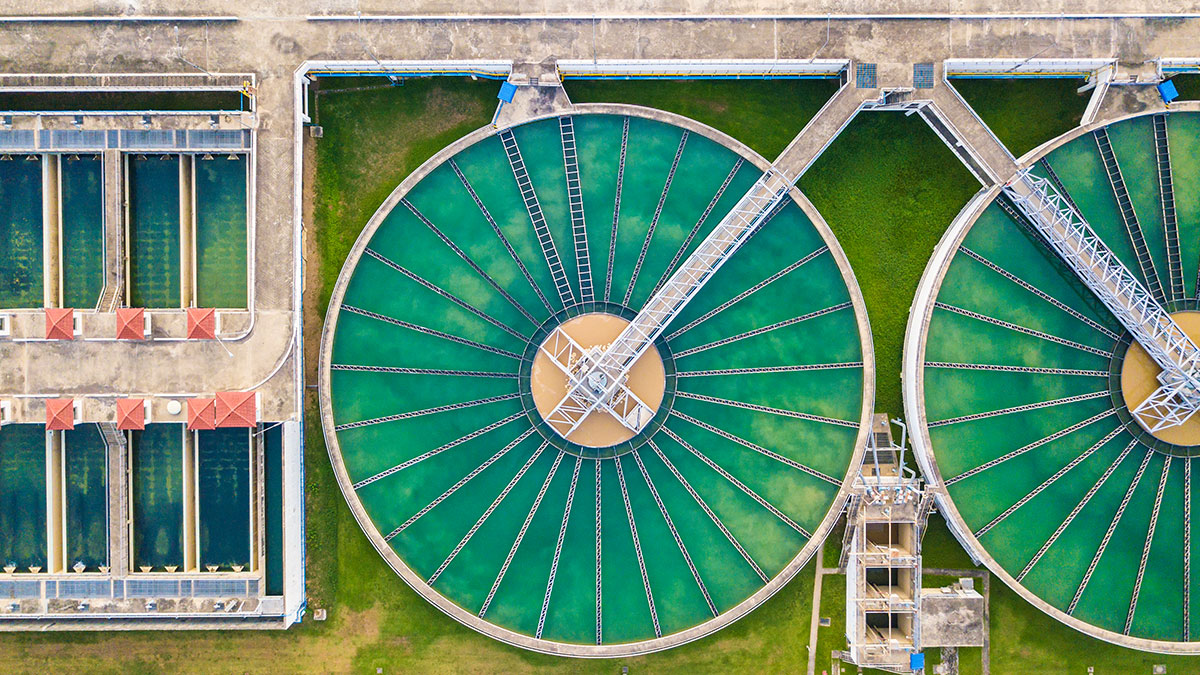5 (wrong) investment myths debunked
Are you still in “control” of your financial future or giving inflation a seat at your table? Learn more about five investment myths that sometimes interfere with an otherwise fruitful investment discipline.


The coming decades are likely to become a “supercycle” for investments in clean water, lifecycle management, and more. © Getty
Unsettling reports from climate researchers and the scenario of an increasingly uninhabitable world have startled the public. Heat waves, hurricanes, unmatched wildfires and droughts are now more frequent. Polar ice melts and sea levels rise.
Here you will find seven facts about the root causes and how impact investing can mitigate them.
Unsettling reports from climate researchers and the scenario of an increasingly uninhabitable world have startled the public. Millions of mostly young demonstrators have mobilized in more than 125 countries to demonstrate every Friday and alert the rest of the population to take action.
The demonstrations are a reaction to the mounting evidence of global warming, with alarming consequences occurring right before our eyes:
Scientific organizations are a strong voice in the chorus of protests: For instance, more than 28,000 scientists just across German-speaking countries signed a statement in 2019 declaring that the concerns of the protesting students are justified and supported by the best available scientific evidence.
Swipe right & explore seven facts about climate change and pollution
1 https://www.nationalgeographic.com/environment/article/global-warming-overview
2 10 facts that prove we are in a climate emergency (in publishing partnership with Wired UK)
3 World Meteorological Organization (WMO), UN 2018 IPCC Special Report
4 https://climate.nasa.gov/climate_resources/139/video-global-warming-from-1880-to-2020
5 https://www.earthday.org/5-terrifying-climate-change-facts-scare-halloween/
The last of these facts is introducing a path to a potential solution: Thankfully, technology and new industries constantly evolve and can potentially mitigate the negative impacts of climate change and pollution. For instance, the exponential growth of renewable energy, driven by technological improvements over the past decade, can have a positive impact on the carbon footprint of businesses and private households. For a new installation, the cost of electricity of both wind and solar energy is now cheaper than nuclear and coal, and slightly lower than that of natural gas. Almost 90% of the increase in total power capacity worldwide could last year be attributed to the growth of wind, solar, and hydro power.
Governments are simultaneously announcing massive green infrastructure packages:
The coming decades will, in our view, be a supercycle for investments in clean energy supply, low-emission transportation, resource-efficient industrial production, and building construction, as well as clean water and lifecycle management. (Read more about these sectors: 6 pillars of the economy to making a positive impact with your investments.)
The globalization of climate policies across the globe and the aim of the world’s super-powers to reach zero emissions between 2050–2060 will boost such investments opportunities. So will additional government packages in favor of greening their economies. Over the next decades, we expect many interesting opportunities for long-term investors in these areas. (Read more about the Megatrends Model that Vontobel uses, in particular the Megatrend “Sustainable value creation”.)
Thematic investments are suitable for building on an already diversified portfolio. However, they are less suitable if you are only initiating diversification.